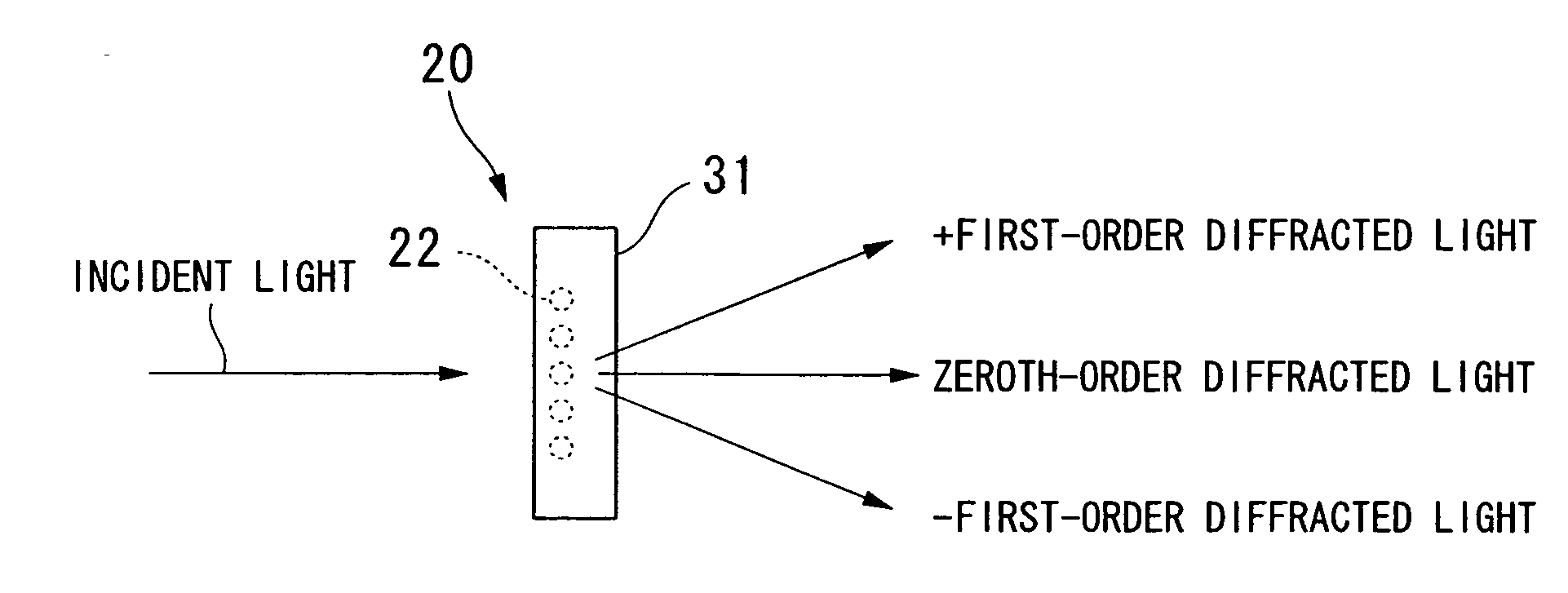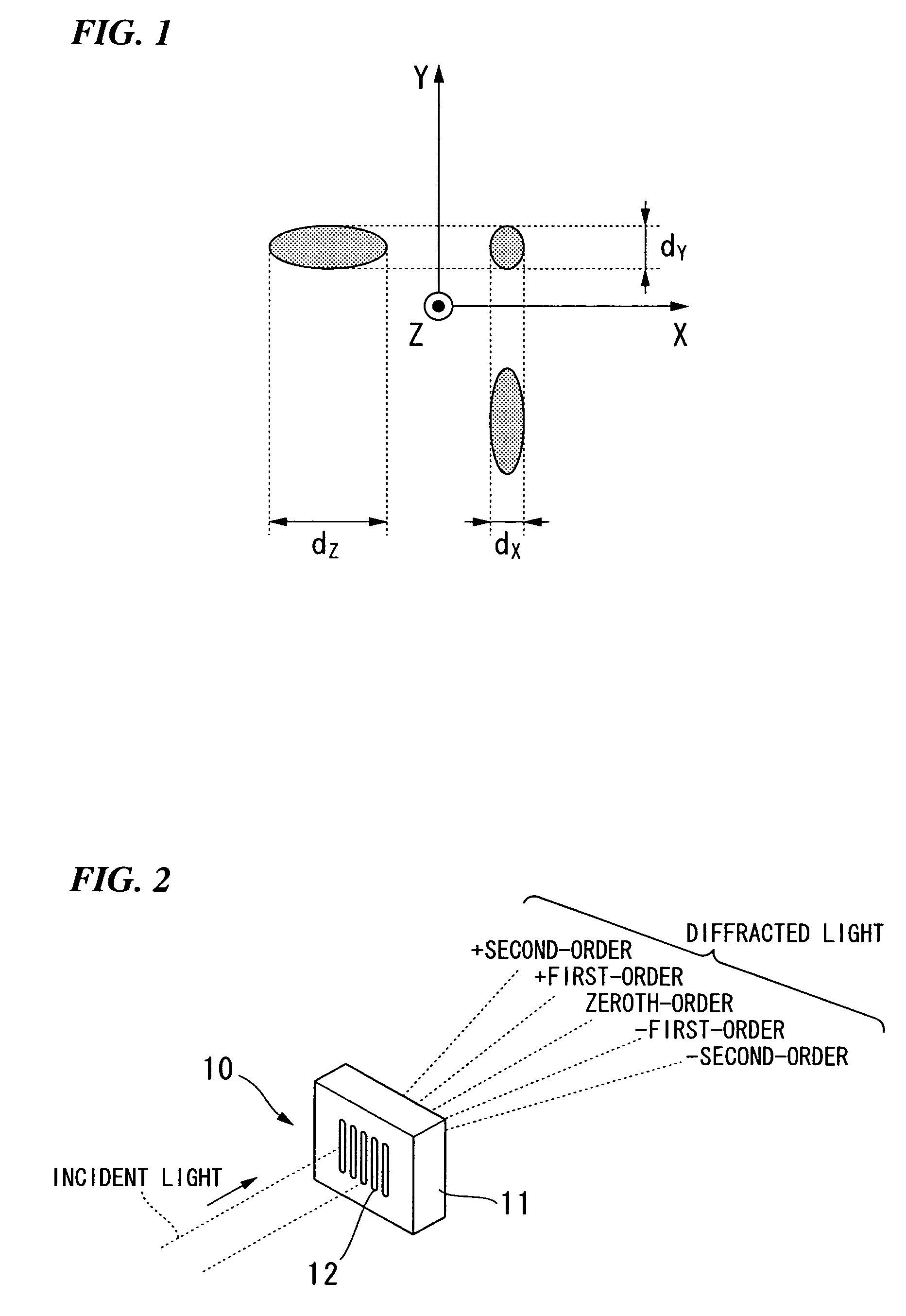Structure and Manufacturing Method of the Same
a manufacturing method and structure technology, applied in the field of structures with internal cavities, can solve the problems of low degree of freedom in processing, low environmental burden, and other external fields that are unsuitable for processing, and achieve the effects of enhancing the refractive index of transparent materials, compactness, and reducing the degree of freedom of processing
- Summary
- Abstract
- Description
- Claims
- Application Information
AI Technical Summary
Benefits of technology
Problems solved by technology
Method used
Image
Examples
examples
[0145]Hereinafter, the effect of the present invention is made clearer using Examples. Transparent materials used in Examples 1 to 24 and Comparative Examples 1 to 7 are glasses formed of respective compositions shown in Tables 1 and 2 and all glasses are parallel plates with a thickness of 0.3 mm and both sides thereof are optically polished. Moreover, all glasses have internal transmittance of 90% or more across a 1-mm thickness for 800 nm, which is the wavelength of a laser. Additionally, dissolution temperature of glasses is between 1000 and 1550° C. and heat treatment was carried out where after dissolving in air using a platinum- or quartz crucible, glasses are cooled slowly at annealing temperatures of respective glasses. For oxide glasses, salts such as oxides, nitrates, and sulfates which contain a cation that constitutes glass or the like are used as raw materials. On the other hand, for the glass with a composition where oxygen in the oxide glass is partially substituted ...
PUM
| Property | Measurement | Unit |
|---|---|---|
| mol % | aaaaa | aaaaa |
| transparent | aaaaa | aaaaa |
| transparent | aaaaa | aaaaa |
Abstract
Description
Claims
Application Information
 Login to View More
Login to View More - R&D
- Intellectual Property
- Life Sciences
- Materials
- Tech Scout
- Unparalleled Data Quality
- Higher Quality Content
- 60% Fewer Hallucinations
Browse by: Latest US Patents, China's latest patents, Technical Efficacy Thesaurus, Application Domain, Technology Topic, Popular Technical Reports.
© 2025 PatSnap. All rights reserved.Legal|Privacy policy|Modern Slavery Act Transparency Statement|Sitemap|About US| Contact US: help@patsnap.com



